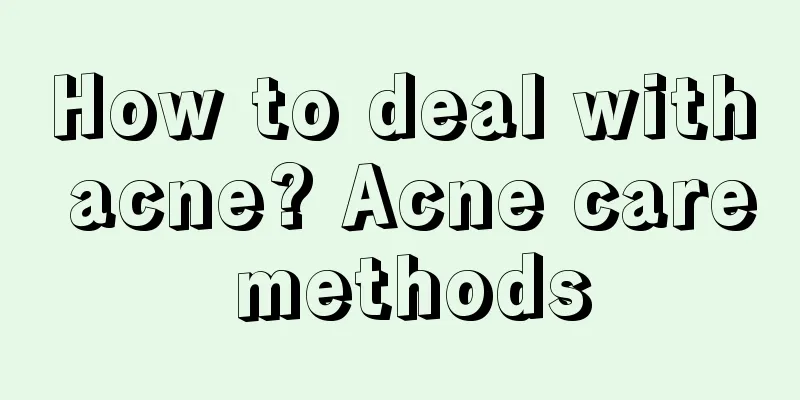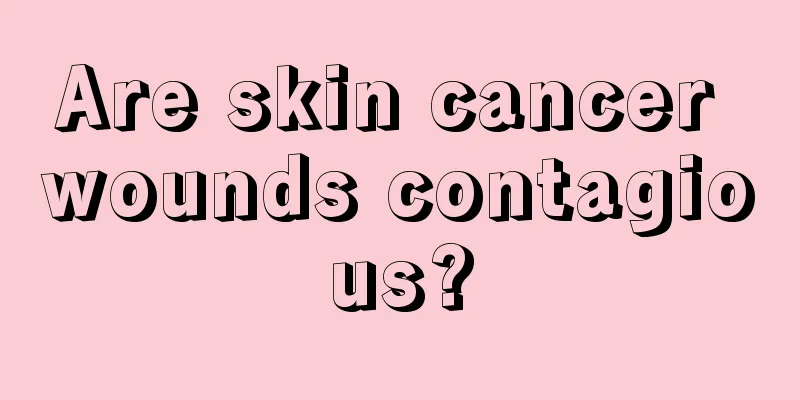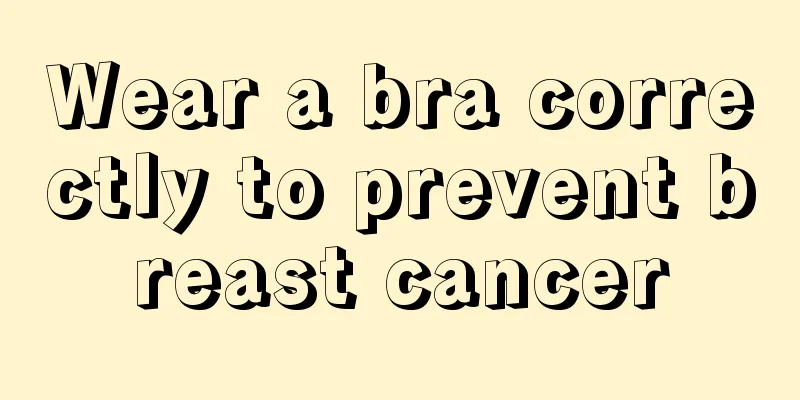The magical effect of laser treatment for telangiectasia that you don’t know about

|
Capillary dilation, commonly known as "red blood streaks", has always been a skin problem that has troubled people. Therefore, how to remove the symptoms of capillary dilation has always been a topic of concern. Recently, some businesses claim that laser can treat capillary dilation. What is its effect? In fact, laser can not only treat capillary dilation, it also has the effect of whitening and rejuvenating the skin. Since red blood streaks are the result of dilation of facial capillaries, they cannot be removed by applying external skin care products. Only lasers that can act deep in the skin can achieve the purpose of removing red blood streaks. Professor Zheng Quan, founder of the discipline of "Cosmetic Dermatology" and director of Chongqing Tianfei Plastic Surgery Hospital, said that the principle of laser treatment for red blood streaks is that the photon energy of its special wavelength can be absorbed by the abnormal hemoglobin in the capillaries, causing coagulation, thereby sealing the abnormal blood vessels and causing them to disappear, ultimately eliminating the red blood streaks. At the same time, the specific wavelength of the laser can stimulate the proliferation of collagen in the dermis, increase the thickness and density of the epidermis, enhance the resistance of blood vessels, and make the effect of treatment last longer. Currently, the world's top laser device is the fifth-generation high-end medical technology product developed by Israel's Alden Laser Company - Israel's Brilliant 360 Laser, which includes three major laser and photon technologies. It can not only quickly remove red blood streaks, but also whiten and rejuvenate the skin, remove other facial blemishes, and prevent the recurrence of red blood streaks. Recovery process after Israel's brilliant 360 laser removal of red blood streaks 1. 1-3 days after treatment The affected area will feel slight pain and redness and swelling, which is a normal reaction after treatment. It will subside on its own in about 1-3 days. At this time, the patient can wipe the wound with saline to prevent infection. 2. 4-6 days after treatment After treatment, the skin will begin to scab and become dry and itchy. At this time, do not scratch it with your hands. The best way to relieve itching is to maintain the skin and ensure that the skin has adequate moisture supply. However, moisturizing creams should not be used to prevent emulsifiers from affecting the skin's self-healing function; 3. 7-14 days after treatment During this recovery process, the scabs on the skin begin to fall off slowly. At this time, it is important to cleanse and deeply moisturize the skin. Skin moisturizing can moisturize dead skin and make it fall off by itself during the cleansing process. At this time, the patient should not pull the dead skin with his hands to avoid leaving scars on the skin. |
>>: Can patting your stomach after a meal help you lose weight?
Recommend
Is it expensive for patients with hamartoma to see a Chinese doctor?
Is it expensive for patients with hamartoma to se...
There are several treatments for liver cancer. 4 effective methods for treating liver cancer
Liver cancer is a more serious malignant tumor di...
10 moments that will make you live longer!
“A journey of a thousand miles begins with a sing...
What are the specialized hospitals for skin cancer
In our country, the high incidence of skin cancer...
How to quickly eliminate blood stasis, save these tips
Minor bruises from a collision may not require ho...
How to use diapers without them falling off
Many mothers always use diapers improperly for th...
How to recover a severed finger nerve
Many things in people's work and life need to...
What is the reason for the itchy hair
Hair is very important to people's image, but...
Are temporary braces toxic?
People all want to have a set of neat and beautif...
What are the benefits of using tea leaves as pillows
Generally speaking, in cities, pillows are made o...
The emergency treatment method after being scalded by boiling water will definitely be useful!
1. Rinse the burned area with running cold water ...
How much does the shot to prevent uterine cancer cost?
In recent years, the risk of uterine cancer in Ch...
What should I eat to improve my memory?
The nutrition in food has a great impact on the h...
Why do I sweat more than others?
Sweating is a normal metabolic phenomenon. There ...
How to preserve pear pollen
Pollen mainly comes from a substance in the stame...









